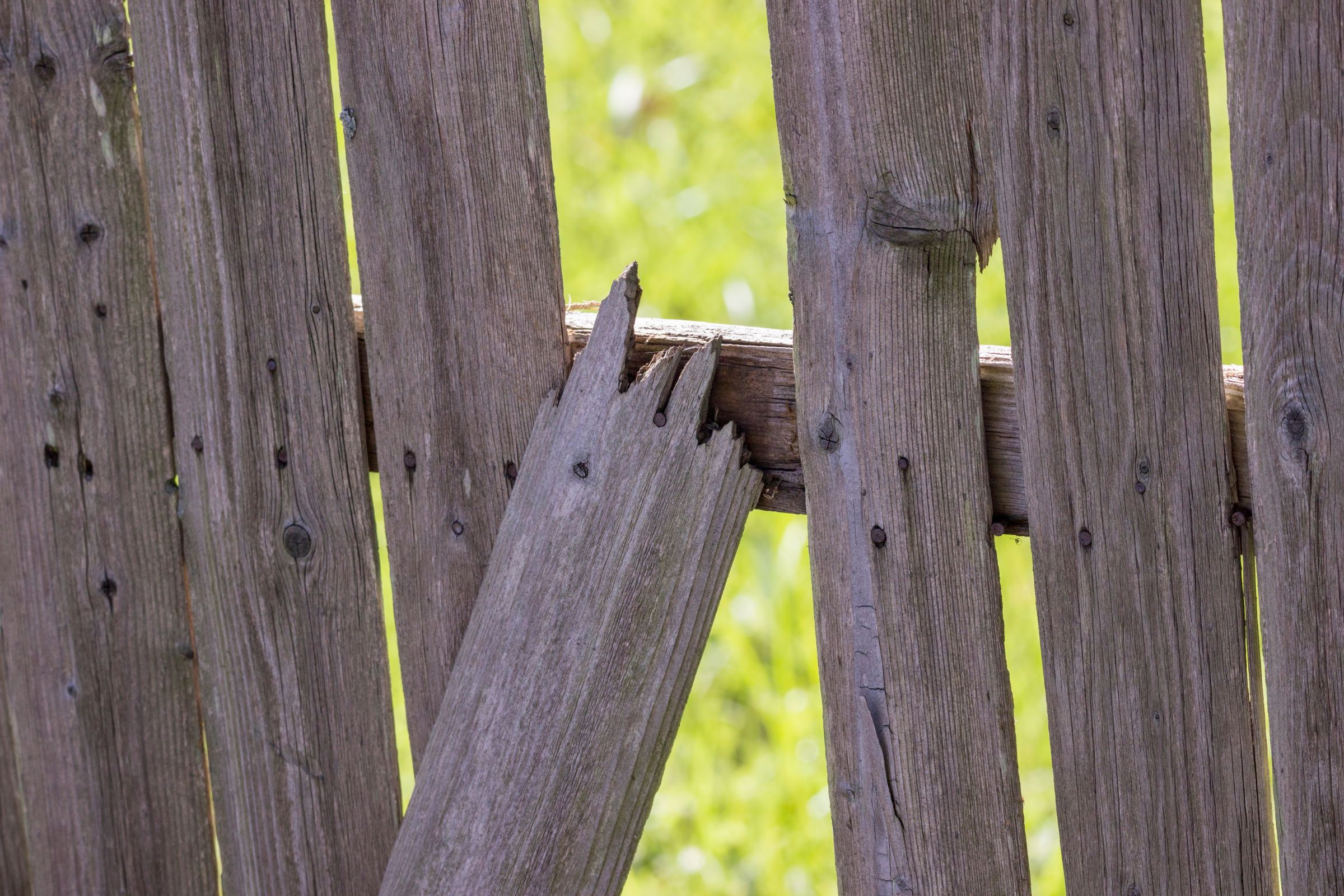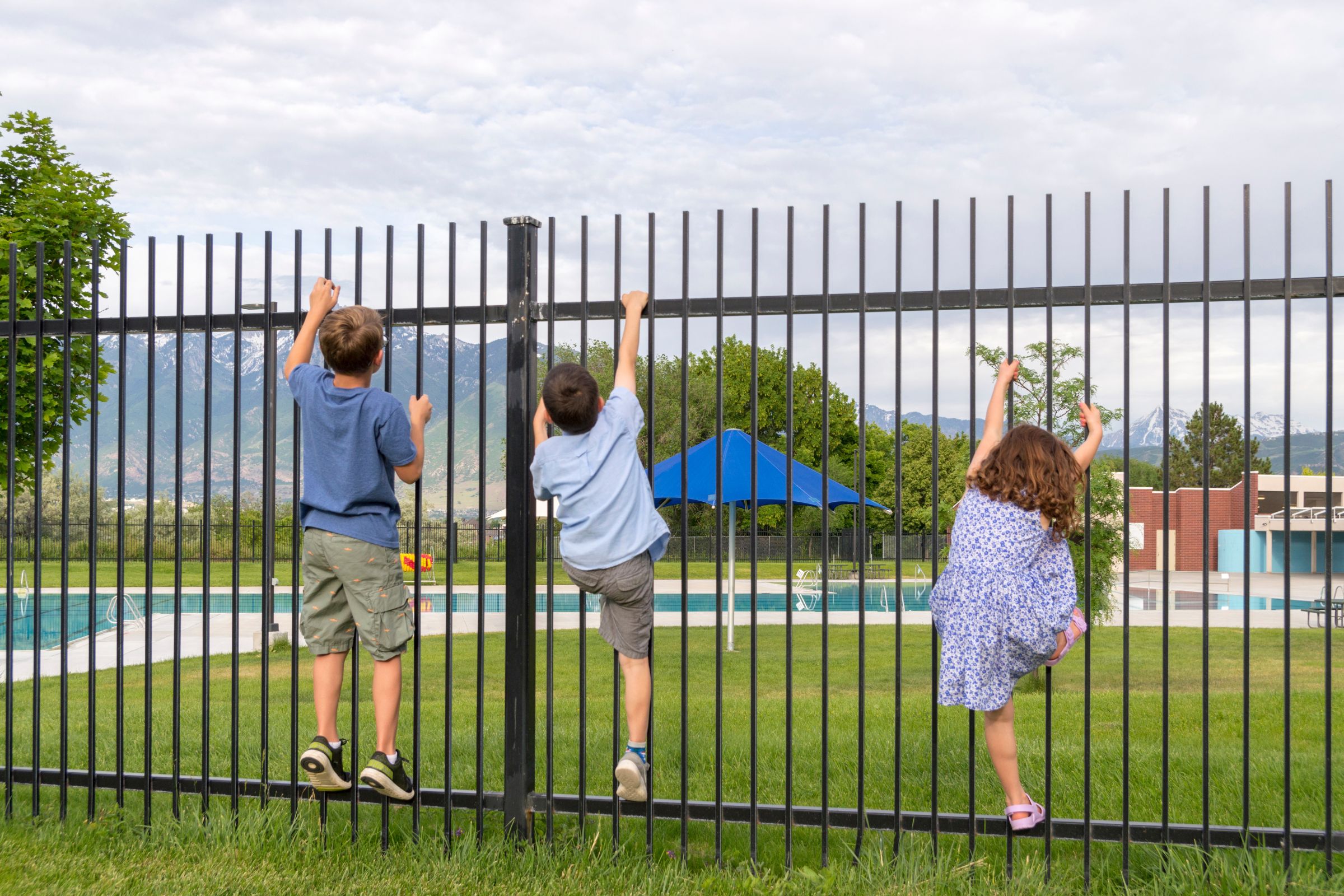
How to Safeguard Your Fence from Pest Damage
Your fence is more than just a boundary. It’s a statement of your home’s character, a protector of your privacy, and a safeguard for your property. But did you know that pests can pose a significant threat to your fence? From termites to rodents, these unwelcome guests can cause extensive damage, compromising the integrity and aesthetics of your fence.
In this guide, we’ll explore how to protect your fence from pest damage, focusing on effective fence maintenance and protection strategies. Whether you’re a homeowner, a property manager, or a DIY enthusiast, you’ll find actionable advice to help you preserve your fence’s durability and appearance.
Understanding Pest-Resistant Fencing
Pest-resistant fencing is designed to withstand the damaging effects of common pests. It involves the use of specific materials and treatments that deter pests, preventing them from causing harm to your fence.
Here are some key aspects to consider when thinking about pest-resistant fencing:
- Choice of materials: Certain materials are naturally resistant to pests. For instance, cedar wood is known to repel many types of insects.
- Regular maintenance: Keeping your fence in good condition can deter pests. This includes sealing any cracks or gaps where pests could enter.
- Pest deterrents: These can be natural, like certain plants or essential oils, or chemical treatments applied to the fence.
Remember, the goal is not just to repair pest damage, but to prevent it from happening in the first place. Investing in pest-resistant fencing can save you time, money, and stress in the long run.
Common Pests That Threaten Fences
Different pests pose different threats to fences. Termites, for example, are notorious for their ability to destroy wood. They can cause significant damage before you even realize they’re there. Rodents, on the other hand, may burrow under your fence, weakening its foundation and causing it to lean or fall. Other pests, like carpenter ants and wood-boring beetles, can also cause serious harm to your fence.
Understanding these threats is the first step towards effective fence protection.
Choosing the Right Materials for Your Fence
The material you choose for your fence plays a crucial role in its resistance to pests. Wood, for instance, is a popular choice for fencing. However, it’s also a favorite food source for many pests.
To make wood fences more pest-resistant, consider using treated wood. This type of wood has been chemically treated to resist pests, rot, and decay. Another option is to use pest-resistant wood species. Cedar and redwood, for example, are known for their natural resistance to pests.
Here are some materials to consider for pest-resistant fencing:
- Treated wood
- Cedar or redwood
- Vinyl
- Metal
- Composite materials
The Benefits of Treated Wood and Composite Materials
Treated wood offers several benefits. It’s not only resistant to pests but also to rot and decay. This makes it a durable choice for fencing, capable of withstanding harsh weather conditions.
Composite materials, on the other hand, are made from a mix of wood and plastic. They offer the look and feel of wood, but with increased resistance to pests and decay.
These materials may cost more upfront, but their durability and low maintenance requirements can make them a cost-effective choice in the long run.
Fence Maintenance: The Key to Longevity
Regular maintenance is key to prolonging the life of your fence. It helps keep pests at bay and ensures your fence remains in good condition. Start by inspecting your fence regularly. Look for signs of pest damage such as holes, gnaw marks, or sawdust-like droppings. Seal any cracks or gaps you find. These can serve as entry points for pests.
Here are some maintenance tasks to keep your fence in top shape:
- Regular inspections for signs of pests
- Sealing cracks and gaps
- Cleaning the fence regularly
- Applying a fresh coat of paint or stain as needed
- Checking and repairing any loose or damaged parts
Regular inspections are crucial in early detection of pest issues. The sooner you spot a problem, the easier it is to address. Cleaning your fence is also important. Dirt and debris can attract pests and cause damage over time. Use a mild detergent and a soft brush to clean your fence. Rinse thoroughly and let it dry completely before applying any treatments.
Natural and Chemical Pest Deterrents
There are several ways to deter pests from your fence. Some are natural, while others involve chemicals. Natural deterrents include certain plants and essential oils. For example, peppermint oil is known to repel many types of pests.
Here are some natural and chemical deterrents you can consider:
- Essential oils such as peppermint or citronella
- Plants like marigolds or lavender
- Chemical treatments specifically designed for fences
- Non-toxic, environmentally friendly pest control solutions
When using chemical treatments, safety is paramount. Always follow the manufacturer’s instructions. Wear protective clothing and avoid contact with skin or eyes. Keep children and pets away during application.
Remember, improper use of pesticides can pose risks. If unsure, consider hiring a professional pest control service.
Balancing Protection with Aesthetics
Protecting your fence from pests doesn’t mean compromising on aesthetics. With the right materials and maintenance, you can have a fence that’s both beautiful and durable. Remember, a well-maintained, pest-free fence not only enhances your property’s curb appeal but also its value.
Carl’s offers various fencing solutions to help safeguard your property. If you are looking to have a new fence installed or repair an existing one, contact us today to get an estimate!



